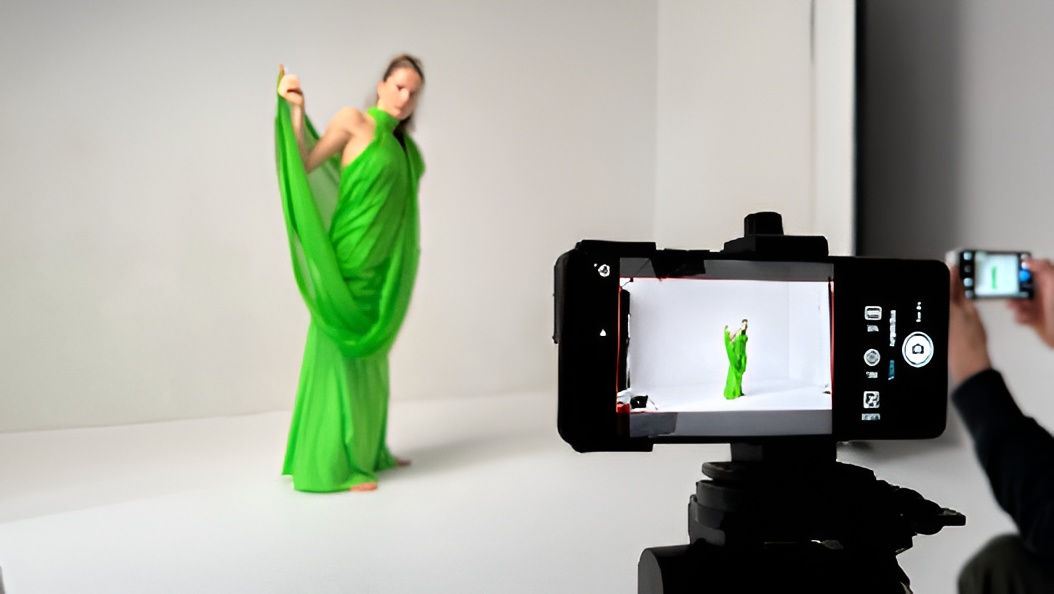[ad_1]
A brand new smartphone sensor is ready to make blurry photographs a factor of the previous
Cameras in smartphones are getting higher, sharper, sooner and now additionally smarter. Increasingly are utilizing machine studying and AI to create photographs that had been beforehand solely potential with superior data of pictures and picture processing.
As we speak, it’s virtually on the contact of a button.
Now Qualcomm and the French firm “Prophesee” have offered a brand new know-how that might take cellular pictures to a brand new degree.
The promise: By no means once more blurred photographs.
How the brand new digital camera sensor works
The T-Rex of digital camera sensors: In contrast to typical digital camera sensors, which seize photographs repeatedly, the Prophesee sensor solely captures adjustments within the scene.
The brand new sensor solely “sees” when one thing is transferring. Static components are invisible to the sensor. This works by every particular person pixel independently triggering “occasions” when the brightness worth at a location adjustments – which is the case with motion.
Prophesee calls the know-how “Neuromorphic Sensing”. The characteristic is marketed as “Metavision”.
In distinction to regular digital camera sensors, this one doesn’t report photographs, however adjustments.
It may be put in alongside the principle cameras in present smartphones with highly effective Qualcomm processors. As a result of the sensor doesn’t repeatedly report photographs, it’s significantly energy-efficient.
The newest one referred to as “Gen X 320”, for instance, solely consumes between 36 microwatts and three milliwatts.
The know-how required for this sensor was developed by Prophesee in collaboration with Qualcomm and Sony.
How does it guarantee sharp photographs?
As a result of the sensor solely data adjustments, it might gather picture info extraordinarily rapidly
To place this into context: To a traditional digital camera, that might be roughly the equal of a ten,000 FPS shot.
Typical picture sensors require quite a lot of gentle for such quick picture seize to be able to produce low-noise photographs. The Prophesee sensor is far more versatile on this respect and may seize its info even in low gentle circumstances.
When taking photographs, the info from this sensor might be mixed with that from the principle digital camera (with AI, in fact) to get rid of movement blur.
When will the primary cell telephones with this sensor be accessible?
The outcomes offered within the video above had been already taken with a smartphone with “Metavison”. Which smartphone is definitely getting used or whether or not it’s one which has not but been launched will not be revealed. Nevertheless, there are photos that present the cellphone – however solely from the entrance.

Except for cell telephones, such sensors may also be utilized in AR/VR glasses, robots, in drugs, sensible house units and lots of different areas of software
Prophesee now has three Metavision sensors in its portfolio which might be accessible to producers. Considered one of these is the Sony IMX636, which can also be supposed for smartphones. It isn’t but identified when a mobile phone with this or an identical sensor can be launched
Additionally fascinating is an innovation in Honor smartphones: Harking back to telekinesis: The Honor Magic 6 Professional might be partially managed utilizing solely the eyes
What do you consider this know-how? Would you desire a mobile phone with such a sensor? Or are you maybe hoping for such know-how for traditional system cameras? Are there different options and capabilities that you simply suppose may very well be improved in smartphones? Tell us within the feedback beneath:
[ad_2]
Source link





